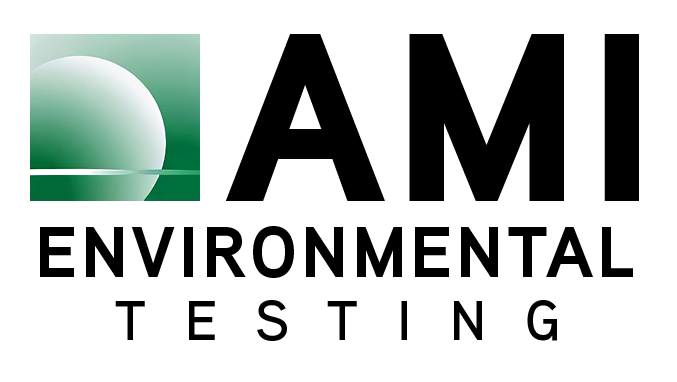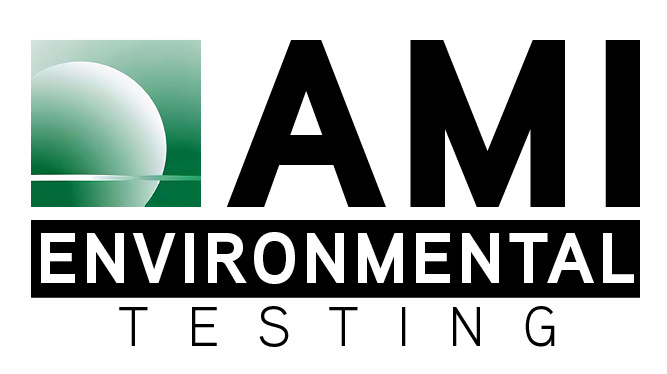Welding, a crucial process in many industries, generates fumes that contain a complex mix of metal oxides, silicates, and harmful gasses. While essential for construction, manufacturing, and repair, welding can expose workers to airborne contaminants that pose serious health risks. Prolonged exposure to welding fumes has been linked to respiratory diseases, nervous system damage, and even certain cancers. This makes monitoring welding fumes not just a regulatory requirement in many regions, but a critical step in protecting employee health.
Monitoring welding fumes provides insights into the levels of various hazardous materials in the air, including manganese, chromium, nickel, and carbon monoxide. High concentrations of these elements can have acute and long-term effects on workers, so regular air quality assessments are necessary. Through consistent monitoring, companies can implement appropriate ventilation systems, use personal protective equipment, and establish safe exposure limits to ensure workplace safety.
Environmental Health and Safety (EHS) professionals play an important role in welding fume monitoring. They assess air quality, identify hazardous compounds, and interpret data to ensure compliance with occupational health standards. Once they understand the environment’s specific risks, consultants develop a tailored monitoring plan. This plan might involve regular air sampling, using portable detectors for continuous monitoring, or setting up fixed stations in areas with high fume concentrations. The data collected through these methods allows for precise tracking of airborne contaminants over time.
EHS professionals also collaborate with management to implement control measures based on their findings. They may recommend engineering solutions, such as installing or upgrading ventilation systems or adjusting work processes to reduce fume concentration. Additionally, they often advise on personal protective equipment (PPE) suitable for specific welding operations and provide training for workers on best practices to minimize exposure.
By taking these proactive steps, EHS professionals not only ensure compliance with occupational safety regulations but also help create a healthier, safer workplace.
Contact AMI Environmental Testing for further information.



